November 1, 1848: The Boston Female Medical School founded.
November 2, 1889: South Dakota becomes a state.
November 2, 1880: Clara McCarty becomes the superintendent of Pierce County schools in Washington Territory (later WA state.) In 1876 McCarty had been the first college graduate of the University of Washington. Note that: She wasn't just the first woman to graduate the UW, she was the first student, period.
November 4, 1842: Abraham Lincoln marries Mary Todd.
November 4, 1861: University of Washington founded.
November 4, 1890: An underground electric railway opened in London at a ceremony where the Prince of Wales was an officiant.
November 5: Happy birthday, Anna Leonowens! Anna Leonowens was the real woman whose life was later fictionalized in various movies such as Anna and the King of Siam, and The King and I. Here are the books she wrote herself, of what really happened when she went to Thailand. The first is dedicated to "the noble women whom I learned to know, to esteem, and to love in the city of the Nang Harm": The Romance of the Harem http://tinyurl.com/znvpyqy
The English Governess At the Siamese Court: http://tinyurl.com/h4rf8vn
November 8, 1895: Wilhelm Conrad Roentgen discovers x-rays.
November 8, 1889: Montana becomes a state.
November 10, 1871: Henry Morton Stanley accomplishes his mission of locating Dr. David Livingstone. His account of the quest: How I Found Livingstone: Travels, Adventures and Discoveries in Central Africa http://tinyurl.com/y88lbzyc
An article about Stanley's meeting with Livingstone: http://www.eyewitnesstohistory.com/stanley.htm
A biography of Livingstone from 1885: <https://tinyurl.com/yblgape2>
November 10, 1897: Helen Fowler marries Harry Boothby. They were my great-grandparents.
November 11, 1889: Washington Territory becomes a state
November 12, 1893: Jack London enters a writing contest. He will win the first prize of $25; it is both the first time his work appears in print and the first time he receives payment for writing.
November 14, 1886: Friedrich Soennecken files a patent for a hole punch; this device would later become ubiquitous amongst office supplies.
November 17, 1857: Happy birthday, Emma Thursby! Described in 1889 as "a special favorite of the musical world [with] no superior in her chosen line", Miss Thursby studied music from an early age. At the height of her fame as a soprano, she contracted with Strakosch for $100,000 for three years' singing with all expenses paid and two months vacation each year.
November 17, 1869: Suez Canal opens.
November 17, 1873: The U.S. Supreme Court rules that racial segregation on railroad cars is unconstitutional.
November 19, 1831: Happy birthday, James Garfield!
A biography of Garfield: From Log Cabin to the White House: The Life of James A. Garfield http://tinyurl.com/y7u8pazd
"Young men talk of trusting to the spur of the occasion. That trust is vain. Occasions cannot make spurs, young gentlemen. If you expect to wear spurs, you must win them. If you wish to use them, you must buckle them to your own heels before you go into the fight. Any success you may achieve is not worth having unless you fight for it. Whatever you win in life you must conquer by your own efforts, then it is yours—a part of yourself." —James A. Garfield. "Elements of Success—Address Delivered in Spencerian Business College, Washington D.C., June 29, 1869."
November 19, 1863: President Lincoln delivers the Gettysburg Address.
November 20, 1866: J. Haven & C. patent a new yo-yo under the name "whirligig." (Source: Farmer's Almanac, 2016, p. 149.) A history of yo-yos tracing the toy back to ancient times can be read here: http://www.yo-yos.net/Yo-yo%20history.htm
November 22, 1869: Cutty Sark launched in Dunbarton, Scotland.
November 23, 1887: An arsonist sets fire to the winter quarters of PT Barnum's circus. A newspaper article about the incident appeared the next day: http://www.gendisasters.com/connecticut/15415/bridgeport-ct-barnum-039s-circus-fire-nov-1887
An eye-witness account of the event from one of Barnum's employees was published in 1905: http://tinyurl.com/ya3txx7u
If you're interested in Victorian circuses, be sure to read my book, A Trip and a Tumble, in which our Chetzemoka friends visit John Robinson's Circus in 1885!
A Trip and a Tumble:
A Victorian Cycling Club Story
Buy the Book
Learn More
November 24, 1849: Happy birthday, Frances Hodgson Burnett!
"[I]t seemed as if the child scarcely heard the spiteful, insulting things said to her, or, if she heard them, did not care for them at all. Sometimes, while she was in the midst of some harsh and cruel speech, Miss Minchin would find the odd, unchildish eyes fixed upon her with something like a proud smile in them. At such times, she did not know that Sara was saying to herself, "You don't know that you are saying these things to a princess, and that if I chose, I could wave my hand and order you to execution. I only spare you because I am a princess, and you are a poor, stupid, old, vulgar thing, and don't know any better.""—Burnett, Frances Hodgson. Sara Crew: Or, What Happened at Miss Minchin's. 1888, p. 47. (This story was later expanded into the book, "A Little Princess", which was published in 1905.)
Digital version: http://tinyurl.com/h9fjyjd
November 24, 1859: Charles Darwin's On the Origin of Species published.
November 26, 1878: Happy birthday, Major Taylor! Marshall Walter Taylor (who tried hard to convince everyone that his parents really had christened him "Major") went on to become one of the greatest legends of early bicycling history.
November 26, 1894: The newspaper The San Francisco Call runs a story about Jennie Churchill getting a tattoo:
"Lady Churchill Tattooed
There are certain women of the world who capture public attention to that degree that everything they do is promptly chronicled. Lady Randolph Churchill is one of them. When returning home from India with Lord Randolph she noticed a British soldier tattooing a deckhand. It dispelled the ennui that had seized upon her as an incident of ship life, and from watching the operation from her deck-chair she concluded to try it herself. She had the artist brought before her and asked him for some designs. He suggested the Talmudic symbol of eternity —a snake holding its tail in its mouth. Lady Randolph was charmed, and bared her arm for the operation… [The finished tattoo] is described as a beautifully executed snake, dark blue in color, with green eyes and red jaws. As a general thing it is hidden from the vulgar gaze by a broad gold bracelet, but her personal friends are privileged to see it and hear the story of the tattooing."
There is an important detail of this story which is seldom mentioned but I feel gives it distinct poignancy: At the time this incident took place, Jennie's beloved husband Randolph was dying of a very painful and lingering illness. The voyage mentioned in the above article was undertaken in the desperate hope that rest and a change of climate would improve Randolph's health, yet they knew how little chance there was of it: they were travelling with a lead-lined coffin.
Years previously when Jennie and Randolph had first met and fallen instantly in love, he gave her a bracelet as a symbol of their troth to each other. Their letters from that time —and especially his to her— reveal what a wonderfully romantic couple they were. Reading them, I developed my own personal little theory about Jennie's tattoo: I like to think it was her way of symbolizing their eternal devotion to each other in a bracelet that would always be with her.
Jennie was a strong, beautiful lady; I highly recommend her memoir, The Reminiscences of Lady Randolph Churchill, as well as the biography which was written by her grandson Peregrine Churchill, Jennie, Lady Randolph Churchill: A Portrait with Letters. Peregrine's biography of Jennie includes transcriptions of a large number of love letters which Randolph wrote to her, testifying to the depth of their passion for one another. One of his letters avows, "Many would tell you that feelings such as I feebly attempt to describe to you are quite out of date in this practical 19th century, that a love such as this is an anachronism and that what I have written is only the effusions of a too ardent imagination or perhaps the ravings of a lunatic. God knows with me they are neither one nor the other, but simply the sincere and real description of a true, pure love, which I own unhappily for the world is not common, but is not on that account less admirable or less possible. Feelings such as these are not as many would say from their very strength short-lived, on the contrary… they are as enduring as life and I believe fully, last and receive their reward beyond the grave." [Excerpted from Peregrine's book, pp. 34—35.]
Jennie Churchill served as the model for Theresa Delaroux in my book, A Trip and a Tumble. Jennie, a top-tier Victorian socialite rumored to have Iroquis blood, was the perfect subject to inspire the rich and vivacious Theresa, whose own ancestors were from the Tsimshian tribe. Theresa's wit, her stamina, and her fierce zest for living all come from Jennie.
A Trip and a Tumble:
A Victorian Cycling Club Story
Buy the Book
Learn More
November 29, 1832: Happy birthday, author Louisa May Alcott!
November 29, 1843: Happy birthday gardener extraordinaire Gertrude Jekyll!
"PROVISIONS IN SEASON IN NOVEMBER
From Isabella Beeton's The Book of Household Management, 1893 edition.
Vegetables. - Beetroot, cabbages, carrots, celery, lettuces, late cucumbers, onions, potatoes, salading, spinach, sprouts - various herbs.
Fruit. - Apples, bullaces, chestnuts, filberts, grapes, pears, walnuts.
Special days in November:
Nov. 1—2: Day of the Dead. Late October and early November mark a traditional time to celebrate the departed in many cultures, the exact day(s) varying by country. In 1882 The Leisure Hour magazine reported:
"Nowhere is the "Jour des Morts" observed more universilly than in Vienna. An English visitor last year says, "The suburban cemeteries must have been visited to-day by one-third of the inhabitants. Every shop was shut, and all business, official and private, was suspended. Since an early hour this morning long files of vehicles of every variety, from the Court carriage to the coster-monger's cart, omnibuses, tram-cars, removal vans, and so on, have been conveying people to the central Friedhof, or municipal cemetery, situated some four miles from the inner town. Pedestrians, too, thronged the footpaths, plodding their way through the half-melted snow, ankle deep in mud, to and from the great burial-ground of Vienna, with wreaths of flowers and evergreens slung on their arms or over their shoulders. The poorer classes who could not afford to drive, braved cold and wet to visit the graves of their lost relatives. All or nearly all of them were in mourning. Outside the town temporary booths were erected for the sale of flowers, wreaths, and funeral tokens of remembrance. In one place an itinerant showman endeavored to attract the passers-by with some lusus naturae or other hideously daubed on the outside of his caravan, but I was told he had not taken a single kreutzer the whole day. The Central Friedhof, probably the largest cemetery in Europe, is surrounded by a substantially-built wall, and forms a suburb in itself with its wide and narrow avenues, its rich and poor quarters, and its separate districts for Christians and Jews. Opposite the main entrance are three semicircular porticos, containing thirty-six tombs each. The charge for burial in these buildings is 7,000 florins."" --The Leisure Hour, 1882, p. 128.
A modern article about Dia de lose Muertos celebrations across Latin America: https://hiplatina.com/dia-de-los-muertos-celebrations-latin-america-caribbean/
(For festivals honoring the dead at other times of year, see this Smithsonian article: https://www.smithsonianmag.com/travel/festivals-dead-around-world-180953160/ )
Victorian poetry on death and mourning
The Two Mysteries
In the middle of the room in its white coffin lay the dead child, the nephew of the poet. Near it, in a great chair, sat Walt Whitman, surrounded by little ones, and holding a beautiful little girl in his lap. She looked wonderingly at the spectacle of death, and then enquiringly into the old man's face. "You don't know what it is, do you my dear?" Said he, and added, "We don't, either."
We know not what it is, Dear, this sleep so deep and still;
The folded hands, the awful calm, the cheek so pale and chill,
The lids that will not lift again, though we may call and call;
The strange white solitude of peace that settles over all.
We know not what it means, dear, this desolate heart-pain,
This dread to take our daily way and walk in it again;
We know not to what other sphere the loved who leave us go,
Nor why we're left to wonder still, nor why we do not know.
But this we know, our loved and dead, if they should come this day,
Should come and ask us, "What is life?" Not one of us could say.
Life is a mystery, as deep as ever death can be;
Yet, oh, how dear it is to us, this life we live and see!
Then might they say —those vanished ones,— and blessed is the thought,
"So death is sweet to us, beloved! Though we may show you nought;
We may not to the quick reveal the mystery of death--
Ye cannot tell us if ye would the mystery of breath."
The child who enters life comes not with knowledge or intent,
So those who enter death must go as little children went.
Nothing is known. But I believe that God is overhead,
And as life is to the living, so death is to the dead.
—Mary Mapes Dodge
What Can A Woman Do? 1883. p. 366—367.
This poem and others like it appear in the anthology, Words for Parting: Victorian Poetry on Death and Mourning
November 5: National Redhead Day
"…This woman's hair, superbly luxuriant in its growth, was of the one unpardonably remarkable shade of color which the prejudice of the Northern nations never entirely forgives —it was red!" —Wilkie Collins, Armadale, 1866.
A history of red hair: Red: A History of the Redhead by Jacky Colliss Harvey
November 5th: Guy Fawkes Day in Britain
1891 article in The Strand about manufacture of fireworks: http://tinyurl.com/y7vc6pwu
November 11th: The nineteenth-century equivalent of Veteran's Day was Decoration Day, which was celebrated in May. Some Decoration Day poems:
The Blue and the Grey (Poem—1887)
In Decoration (Poem—1890)
The Soldier's Daughter (Poem—1889)
November 22, 2018: Thanksgiving
An excerpt from This Victorian Life about the history of Thanksgiving:
"…Most modern Americans tend to associate the feast with the seventeenth century and pilgrims, but the celebration of the holiday was limited to New England until well into the nineteenth century. The concept of a festal celebration of thanks is an old one but it took a Victorian lady to institutionalize it. Specifically, it took the editress of one of my favorite magazines, Godey’s Lady’s Book, Sarah Josepha Hale.
Interestingly, Hale’s conviction that we should have a national day of thanks played a part (although admittedly a small one) in landing her the job at Godey’s. Hale began her writing career with a novel entitled Northwood; or, Life North and South: Showing the Character of Both, and her conviction about Thanksgiving enters into the book in a manner somewhat resembling a Socratic dialogue:
“…Is Thanksgiving Day universally observed in America?” inquired Mr. Frankford.
“Not yet; but I trust it will become so. We have too few holidays. Thanksgiving, like the Fourth of July, should be considered a national festival, and observed by all our people.”
“I see no particular reason for such an observance,” remarked Frankford.
“I do,” returned the Squire. “We want it as the exponent of our Republican institutions, which are based on the acknowledgement that God is our Lord, and that, as a nation, we derive our privileges and blessings from Him. You will hear this doctrine set forth in the sermon tomorrow.”
“I thought you had no national religion.”
“No established religion, you mean. Our people do not need compul- sion to support the gospel. But to return to our Thanksgiving festival. When it shall be observed, on the same day, throughout all the states and territories, it will be a grand spectacle of moral power and human happi- ness, such as the world has never yet witnessed.”1
Northwood . . . was an instant success—which was lucky for Hale, since she wrote the book after her husband died and she suddenly found herself a single mother with children to support, including a brand-new baby. Less than a month after the book was published, Hale received a job offer for the editorship of a new “ladies’ magazine.” She would move on from that project to Godey’s, which became one of the most important periodicals in nineteenth-century America. It is now primarily remembered for its fashion plates and craft articles, but the magazine covered social issues as well.
Throughout her publishing career, Hale continued to champion her pet cause of turning Thanksgiving into a holiday shared by all people, not just New England Protestants: “. . . [C]ould not every Christian nation and every Jewish family in the world join us in this Thanksgiving, on the last Thursday in November?”2
Hale took the case for Thanksgiving to the highest authority in America— all the way to President Lincoln. In a letter to Lincoln dated September 28, 1863, Hale directed her perpetual request to the country’s commander in chief. Given that the Civil War was raging and September’s 174 battles had resulted in 35,499 casualties3 (including Lincoln’s own brother-in-law, Brigadier General Benjamin Hardin Helms, killed in the Battle of Chickamauga on September 214), one might consider that the president of the divided United States had weightier matters on his mind than a holiday proposal by the editor of a domestic magazine. However, he clearly read Hale’s letter and seemed to think her cause a worthy one—or at least, that it was politically savvy. (Declaring a day of thanks is, after all, politically somewhat analogous to kissing babies: easy to do and few people object.)
On October 3, 1863, President Lincoln proclaimed that the last Thursday in November would be a national Thanksgiving, exactly as Hale had proposed.5 Personally, the part of this story I find the most impressive is its timing: President Lincoln’s proclamation came less than one week after Hale had written her letter! Given the condition of the twenty-first-century postal system, I have difficulty imagining a modern American president even receiving a physical letter in less than a week, let alone acting on it!
Lincoln’s presidential proclamation (which was a one-time deal, for a Thanksgiving in 1863 alone) still wasn’t enough for Hale. She requested another Thanksgiving the following year and it was again granted by presidential decree. By this time, the country was getting used to the idea, and on April 8, 1865, the citizens of New York sent President Lincoln a thirty-one-page petition contain- ing approximately 870 signatures requesting a national day of Thanksgiving.6
After Lincoln’s assassination, later presidents continued the tradition and appointed yearly Thankgivings at the end of every November. Still not satisfied (and by now slightly obsessed), Hale’s magazine urged not just the president, but Congress as well, to recognize her pet holiday. In 1874, when Hale was in her late eighties, an Editor’s Table piece in Godey’s pled for Congressional recognition of Thanksgiving and was accompanied by a hymn to the holiday—written by its strongest advocate.7 Why, exactly, old Mrs. Hale felt such a driving need to keep fighting a battle that was already won is unclear. Perhaps she had just gotten used to fighting it. Unfortunately, she didn’t live to see the Congressional chapter of Thanksgiving’s story (which would finally take place in 1941).8 However, she had certainly achieved her goal as far as the public was concerned. By the 1870s, Thanksgiving was already such a part of America’s subconscious that the book Thanksgiving: Memories of the Day . . . refers to the holiday as if its origins had been lost to the annals of time:
"…The bare mention of the word, the Old Thanksgiving Day—what a power it has to revive the pleasant reminiscences, and recall the brightest scenes of other days in many hearts! It transports them to the homes of their childhood. It takes them at once into the presence of the father and mother who, it may be, for many years have been sleeping in the grave. It recalls their smiles of affectionate greeting, their tones of cheerful welcome; tones and smiles such as none but they could give. Every image of peace, contentment, competence, abundance and joy, comes back spon- taneously on each return of the grateful festival.9"
The national holiday had become exactly what Mrs. Hale had envisioned, and what it remains to this day: a celebration of home and hearth and the blessings for which we are grateful." --This Victorian Life
Sources in excerpt:
1 Hale, Sarah Josepha. Northwood; or, Life North and South: Showing the Character of Both. New York: 1852. p. 68.
2 Hale, Sarah Josepha. Manners; Or, Happy Homes and Good Society All the Year Round. Boston: J. E. Tilton and Company, 1868. p. 6.
3 “Battles and Casualties of the Civil War Map.” www.washingtonpost.com/wp-srv/lifestyle/special/ civil-war-interactive/civil-war-battles-and-casualties-interactive-map.
4 “Civil War Timeline / Chronology for 1863.” blueandgraytrail.com/year/186309.
5 Baker, Peggy M. “The Godmother of Thanksgiving: The Story of Sarah Josepha Hale.” www.pilgrim- hallmuseum.org/pdf/Godmother_of_Thanksgiving.pdf.
6 New York Citizens to Abraham Lincoln, Saturday, April 8, 1865 (Petition requesting day of thanksgiv- ing). Letter. From Library of Congress, The Abraham Lincoln Papers, Series 1, General Correspondance, 1833–1916. memory.loc.gov/cgi-bin/ampage?collId=mal&fileName=mal1/415/4159500/malpage. db&recNum=0.
7 Editor’s Table. “Our National Thanksgiving Day,” Godey’s Lady’s Book and Magazine, Volume LXXXIX, No. 533, November 1874. p. 471.
8 Baker, ibid.
9 Adams, William. Thanksgiving: Memories of the Day: Helps to the Habit. New York: Scribner, 1873. p. 4–5.
For Thanksgiving:
Thanksgiving / Christmas—The American Carver (Poem—1887)
"Thanksgiving for Two": A Story from 1888 http://www.thisvictorianlife.com/thanksgiving-for-two-1888.html
Victorian Food: http://www.thisvictorianlife.com/victorian-food.html
November 23rd, 2018: Black Friday.
Etiquette of Shopping (1891)
Do not take hold of a piece of goods which another is examining. Wait until it is replaced upon the counter before you take it up.
***
Injuring goods when handling, pushing aside other persons, hanging upon the counter, whispering, loud talk and laughter, when in a store, are all evidence of ill-breeding.
***
Never attempt to "beat down" prices when shopping. If the price does not suit, go elsewhere. The just and upright merchant will have but one price for his goods, and he will strictly adhere to it.
***
It is an insult to a clerk or merchant to suggest to a customer about to purchase that may buy cheaper or better elsewhere. It is also rude to give your opinion, unasked, about the goods that another is purchasing.
***
Never expect a clerk to leave another customer to wait on you; and, when attending upon you, do not cause him to wait while you visit with another. When the purchases are made let them be sent to your home, and thus avoid loading yourself with bundles.
***
Treat clerks, when shopping, respectfully, and give them no more trouble than is necessary. Ask for what is wanted, explicitly, and if you wish to make examination with a view to future purchase, say so. Be perfectly frank. There is no necessity in practicing deceit.
***
The rule should be to pay for goods when you buy them. If, however, you are trusted by the merchant, you should be very particular to pay your indebtedness when you agree to. By doing as you promise, you acquire good habits of promptitude, and at the same time establish credit and make reputation among those with whom you deal.
***
It is rude in the extreme to find fault and to make sneering remarks about goods. To draw unfavorable comparisons between the goods and those found at other stores does no good, and shows want of deference and respect to those who are waiting on you. Politely state that the goods are not what you want, and, while you may buy, you prefer to look further.
The above list originally appeared in the 19th-century book, Hill's Manual of Social and Business Forms and was republished in my etiquette guide, True Ladies and Proper Gentlemen.
Books make excellent gifts—and they're always the right size! Pass this link along to anyone who might need a suggestion:
My Books
https://www.amazon.com/-/e/B00EB0E8OE
Need a shopping bag or other "little extras" to go with your books?
Check out our store on Zazzle!
https://www.zazzle.com/this_victorian_life
Tales of Chetzemoka merchandise |
|



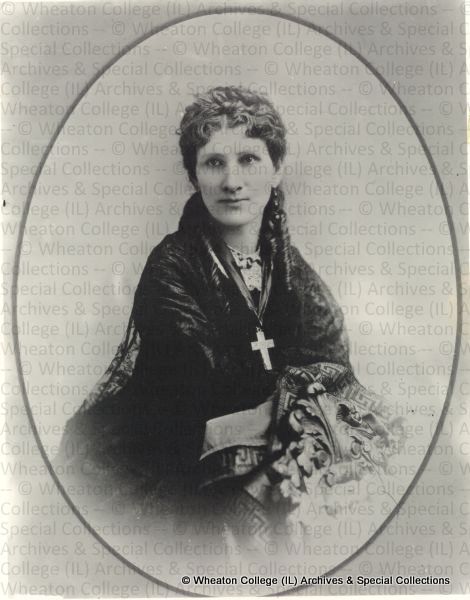
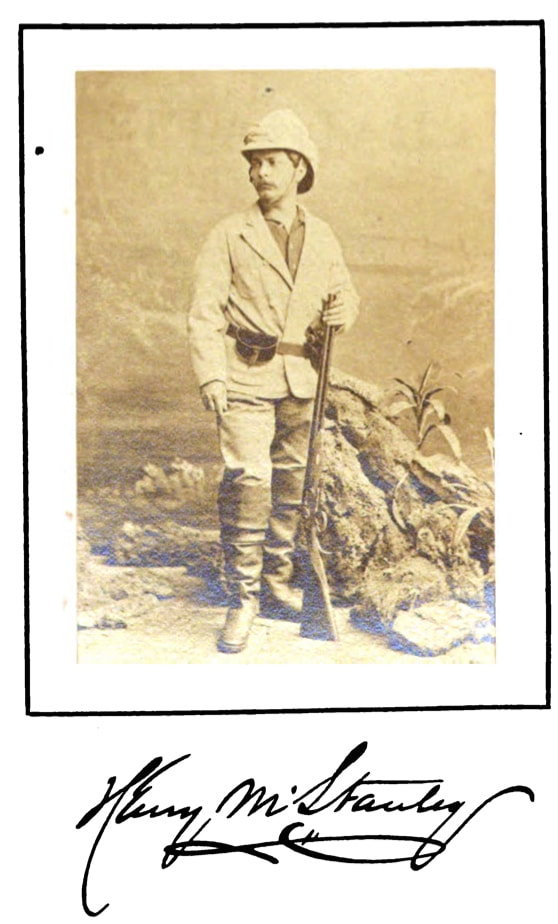
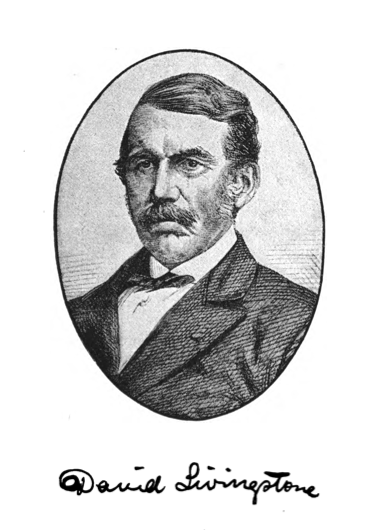
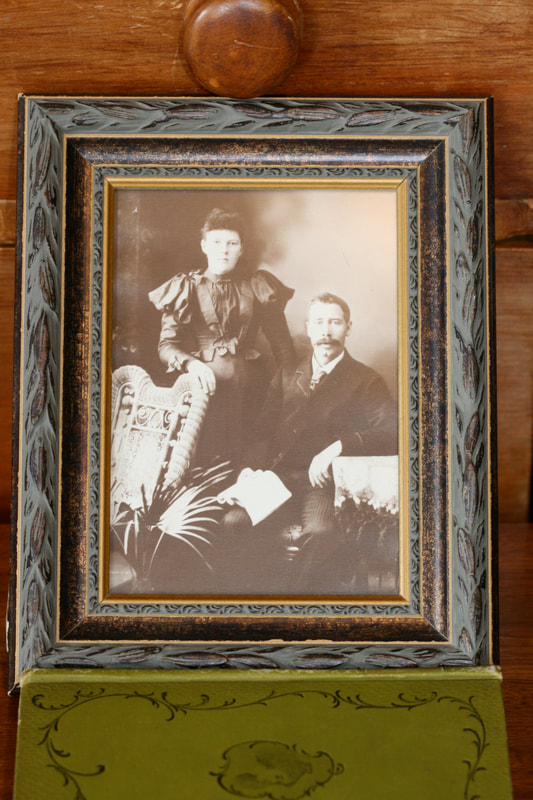

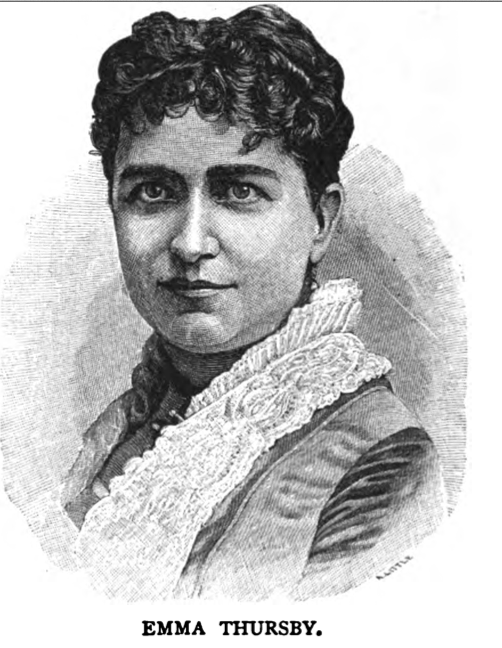

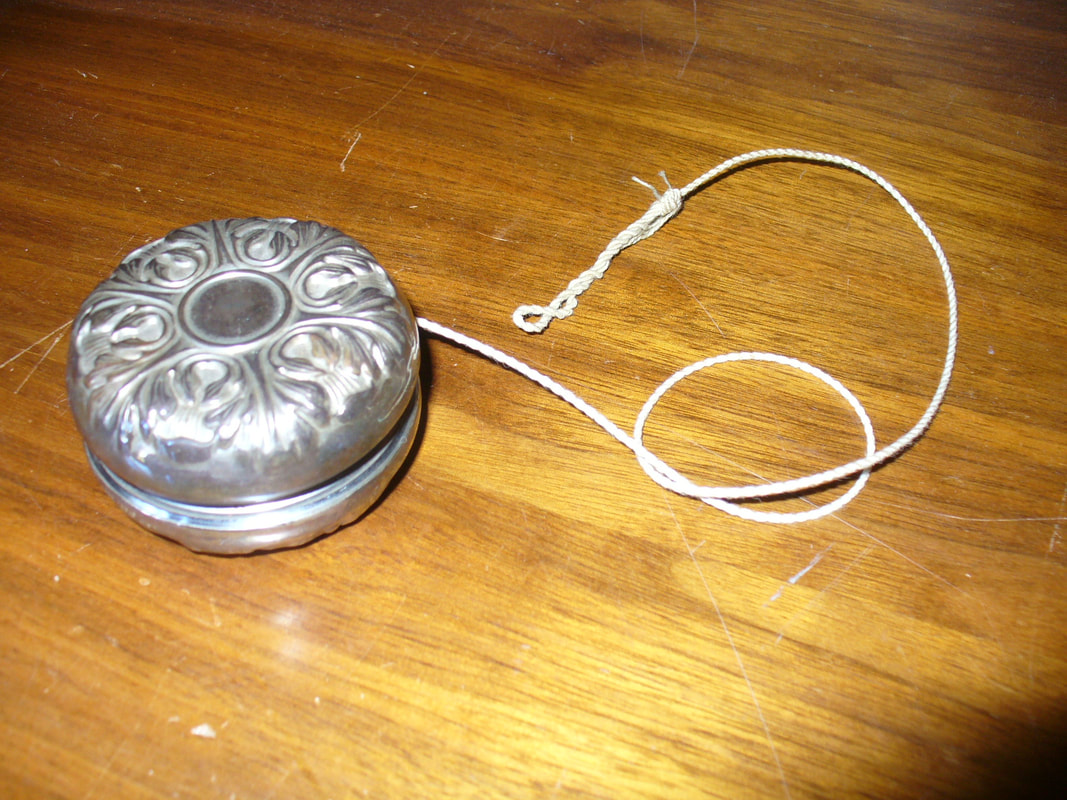

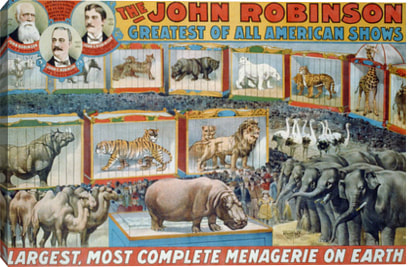



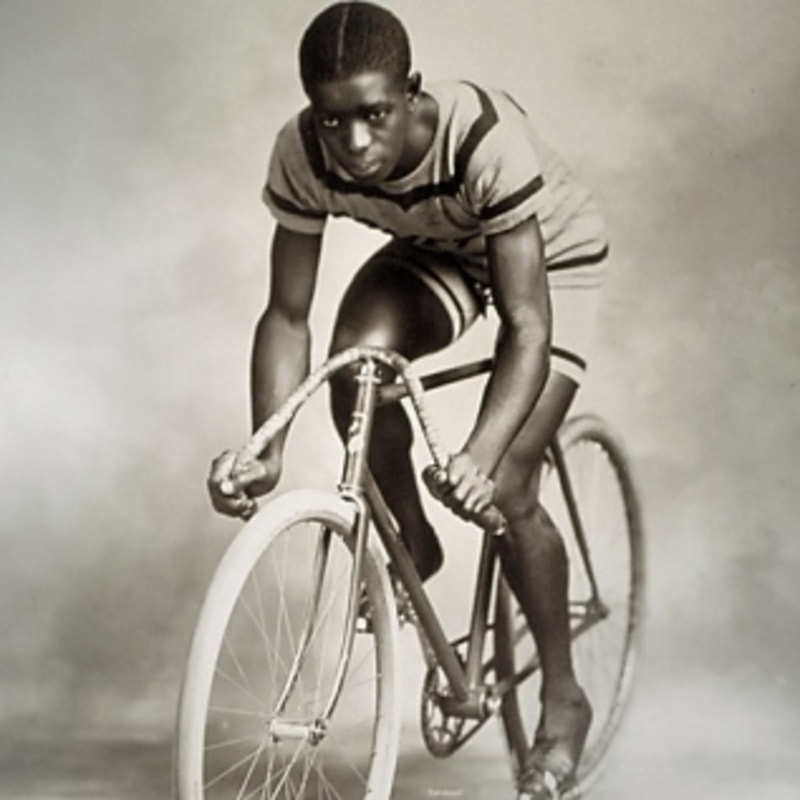


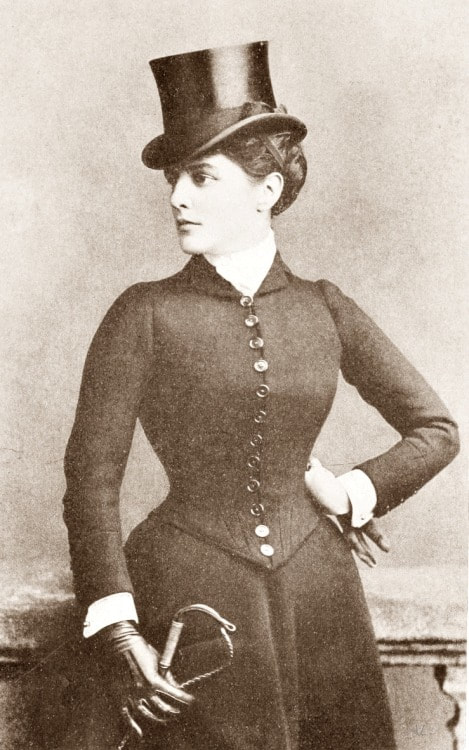
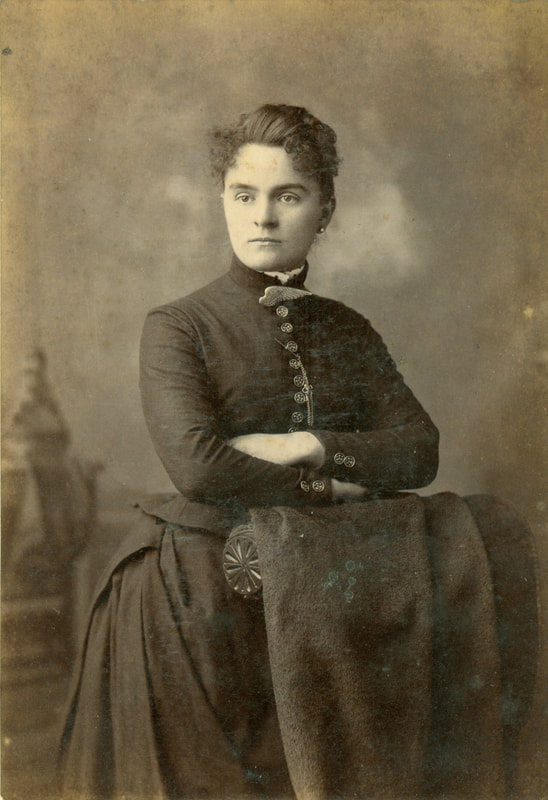
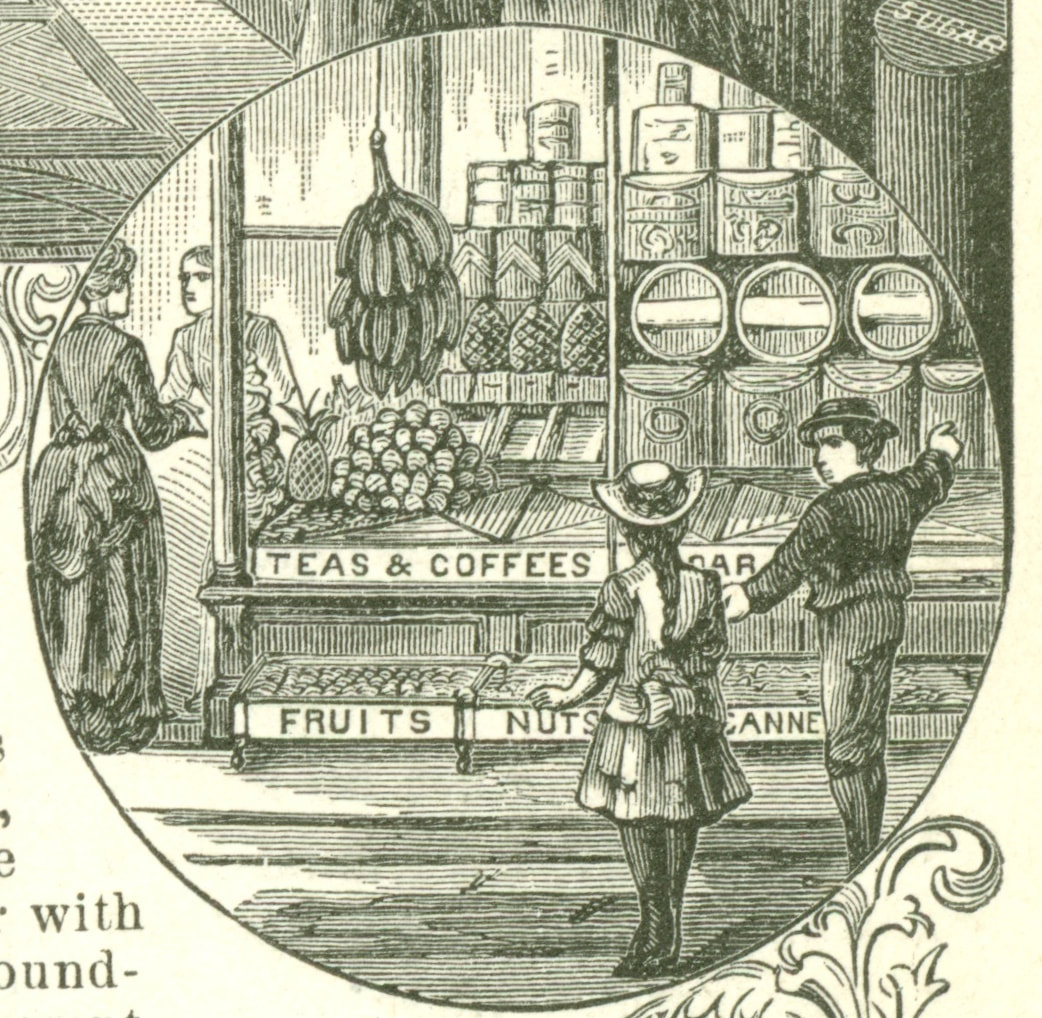
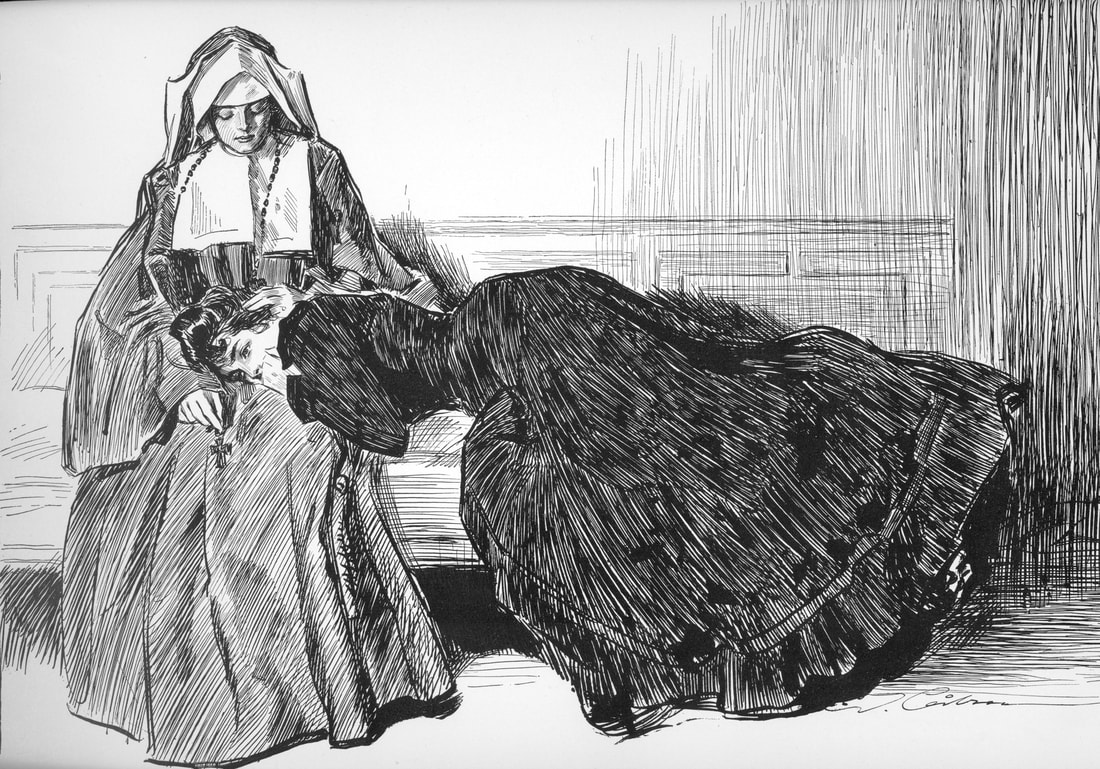





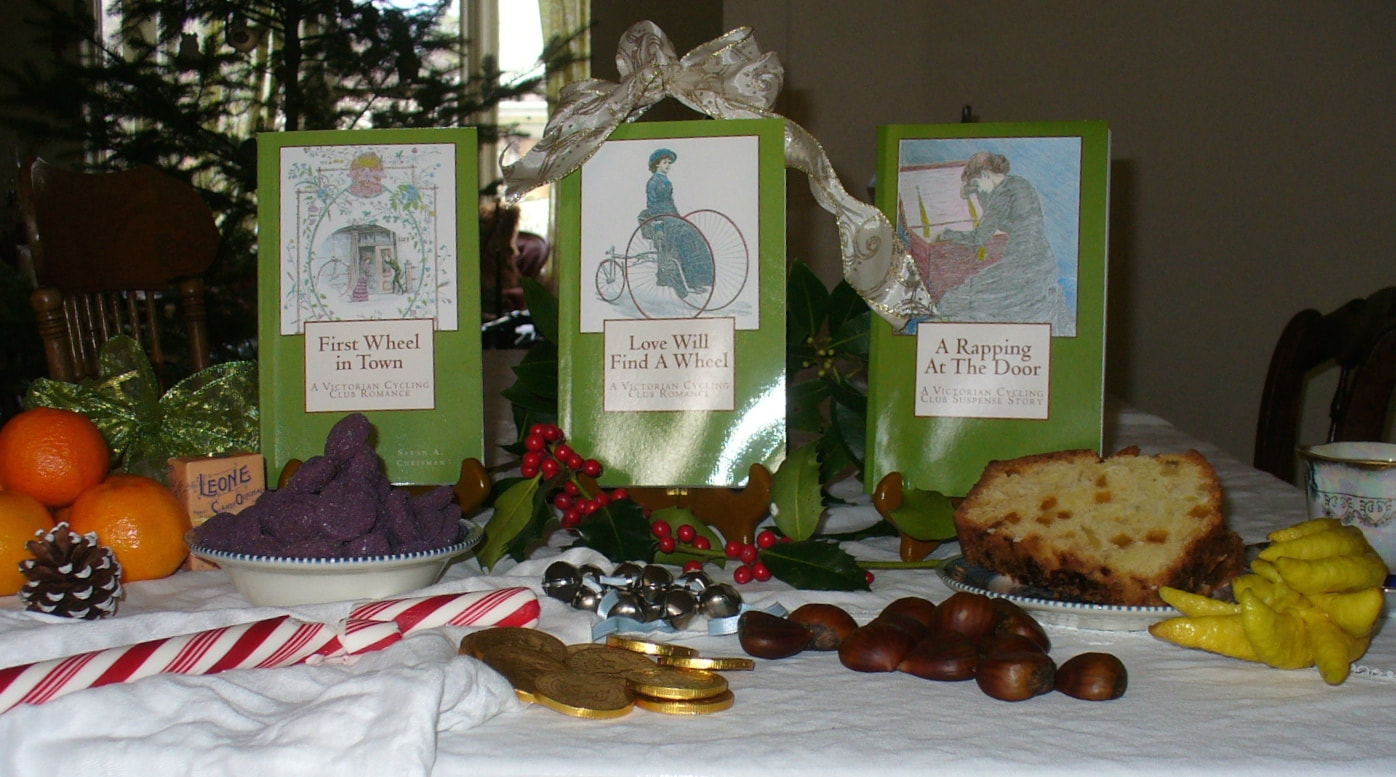


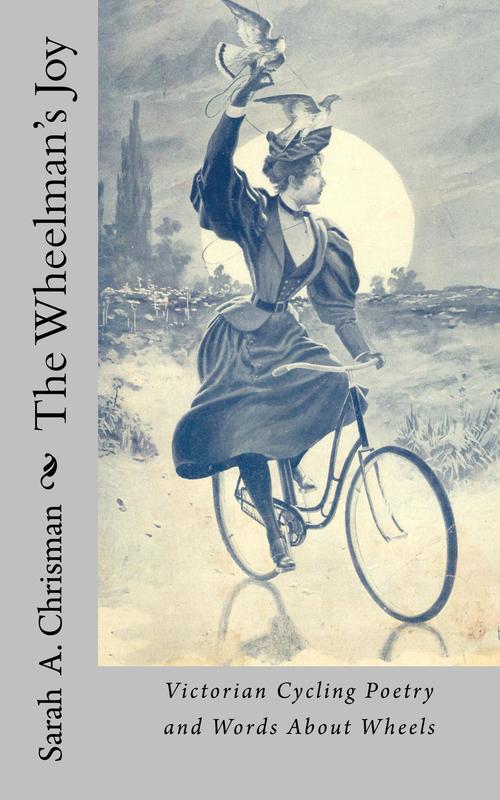






 RSS Feed
RSS Feed